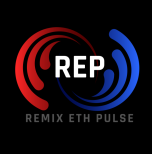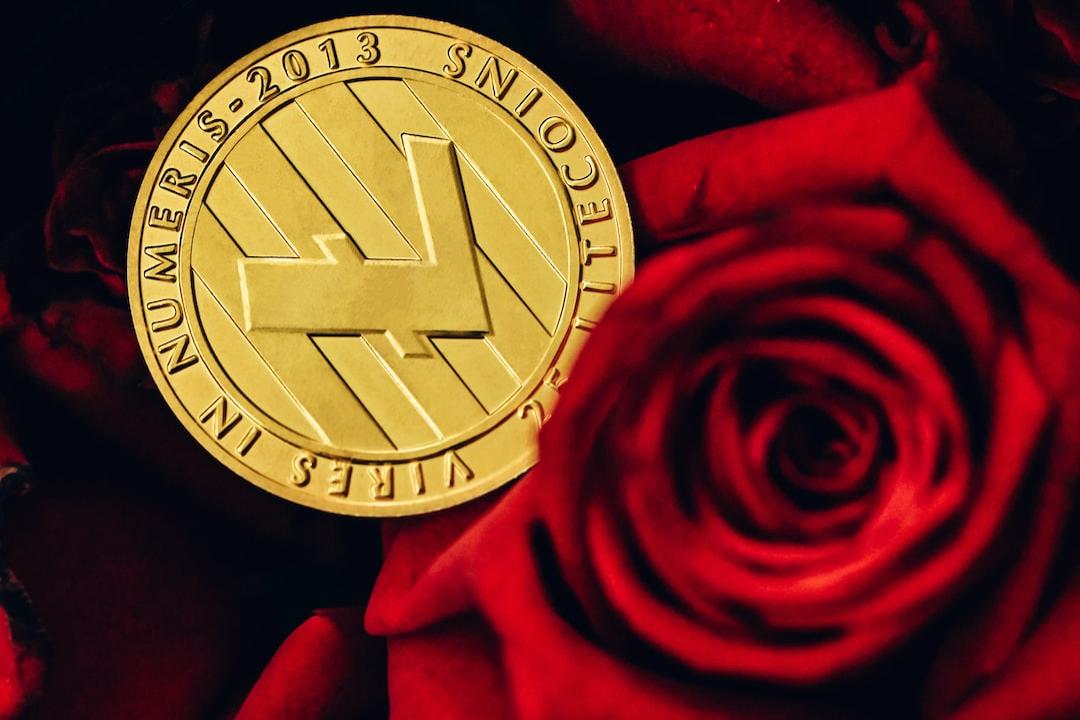8 Ways to Verify if a Token is a Scam
The blockchain industry is filled with promises of quick and easy money. It is crucial to identify which projects are safe and which are destined to fail after three months. This article presents eight methods to check and avoid scams effectively.
1. Start with the Basics
To verify the legitimacy of a token, begin with the easiest accessible methods. For example, conduct a Google search and check Twitter for any dangerous or warning signals related to the token and its team. Look for reliable sources of information such as official websites, news articles, and verified social media accounts.
Check for Social Media Warning Signals
Verified accounts, like X on Twitter, can help establish the legitimacy of a project. Additionally, participating in token discussions can provide insights and opinions from the community.
Be cautious of projects with a large number of followers but low engagement on social media. Automated comments from fake accounts should also be considered a warning signal. If all the comments are saying things like “this is a great project” and “Moon is coming soon,” be cautious.
Check Token Address in Google Search
If a clear homepage, whitepaper, or obvious token use cannot be found through an online search, it is likely a scam. When searching for the token address, it should be easy to find links to block explorers, official websites, and whitepapers. If these cannot be found, it is a dangerous signal.
Additionally, be aware that Google ads are often a playground for scam websites. Avoid clicking on the top ads in Google search results. Make sure you are visiting the official website and avoid clicking on Wallet Drainers or other hacker software.
2. Verify Code on Etherscan
Visit the blockchain browser of your chosen chain and check if the code has been verified. For example, on the Ethereum blockchain browser Etherscan, it should look like the image below. If the code has not been verified, you may have encountered a scam.
Why don’t scammers directly verify their code?
Because once the contract’s source code is public, everyone can know the intentions behind the contract. It could be a ridiculous token scheme or a way for developers to steal all your tokens. However, does this mean that every unverified contract is a scam? Not necessarily, but it is a very serious warning signal.
3. Check the Comments Section on Etherscan
This part is straightforward, as most blockchain browsers have a comments section. Most of the time, there are no comments, but if a project is a scam, you might find a group of angry people in the comment section. So, be sure to click and check. If someone says it’s a scam, there is a 99% chance it is a scam. If you are a victim of the project, please leave a comment as well.
4. Check the DappRadar Blacklist
You can compare the token address with the token blacklist compiled by DappRadar on GitHub. If the token address appears on the list, it is a scam.
5. Check Token Details in Token Index
If you cannot find the token on the token index of CoinGecko or DappRadar (or similar token price trackers), it is likely a scam. If you see a warning like the image below, proceed with caution:
All legitimate tokens share their information with token index websites for verification. However, platforms like CoinMarketCap and CoinGecko have specific requirements.
Therefore, not all tokens, whether legitimate or not, will be automatically listed on these token index platforms.
6. Check How Many Exchanges List the Token
If a token is only traded on a few decentralized exchanges (DEX), it may be a scam. Getting listed on centralized exchanges requires KYC and additional trust, and the larger the exchange, the better the reputation of the listed tokens.
However, tokens listed only on DEX are not always scams. Some projects do not require high trading volume, and some projects cater specifically to Web3 users rather than token traders.
Nevertheless, tokens listed only on DEX are a riskier investment, and you are more likely to encounter a scam. The image below on the left shows a token used only on DEX, while the image on the right shows a token that can be used on multiple CEX.
7. Check Liquidity in Token Balance Pool
Before investing in a token, it may be necessary to check the overall demand and availability of liquidity. Checking the liquidity of a token on platforms like Uniswap V2 or other DEX is straightforward.
Liquidity refers to the amount of cryptocurrency or tokens locked in a smart contract, allowing users to buy and sell assets through (decentralized) exchanges. If the liquidity is below $100,000 or rapidly decreasing, you may have encountered a scam.
When using DEX, be sure to check other activities on different chains, including:
– Trading volume
– Number of transactions
– Independent active wallets interacting with the smart contract – the number of users connecting to DEX using Web3 wallets.
If any of these activities appear unusual, conduct further investigation.
8. Use Third-Party Analysis Tools
Here are some token analysis tools:
– Smell Test: Automatically audits tokens. The lower the score out of 100, the more likely it is a scam.
– Honeypot: Honeypot is a smart contract deliberately inserted with obvious programming flaws. When attackers exploit these flaws, hidden code is activated to counter-attack the attacker. Honeypots should be avoided, regardless of whether you intend to be a crypto hacker.
– DEXtools: Records real-time token prices and provides insights into the true value of tokens.
Whether in the blockchain or the real world, scammers always exist. By following these suggestions, you should be able to avoid fake tokens designed to scam investors.
This article was originally published on PANews.

